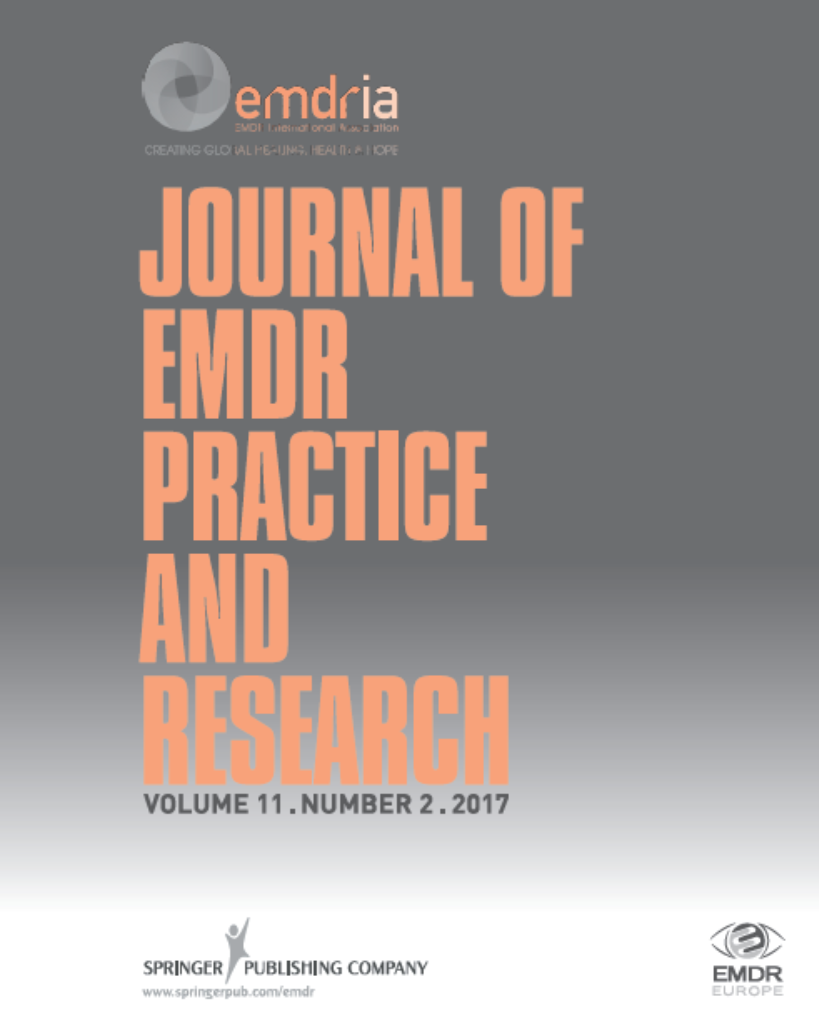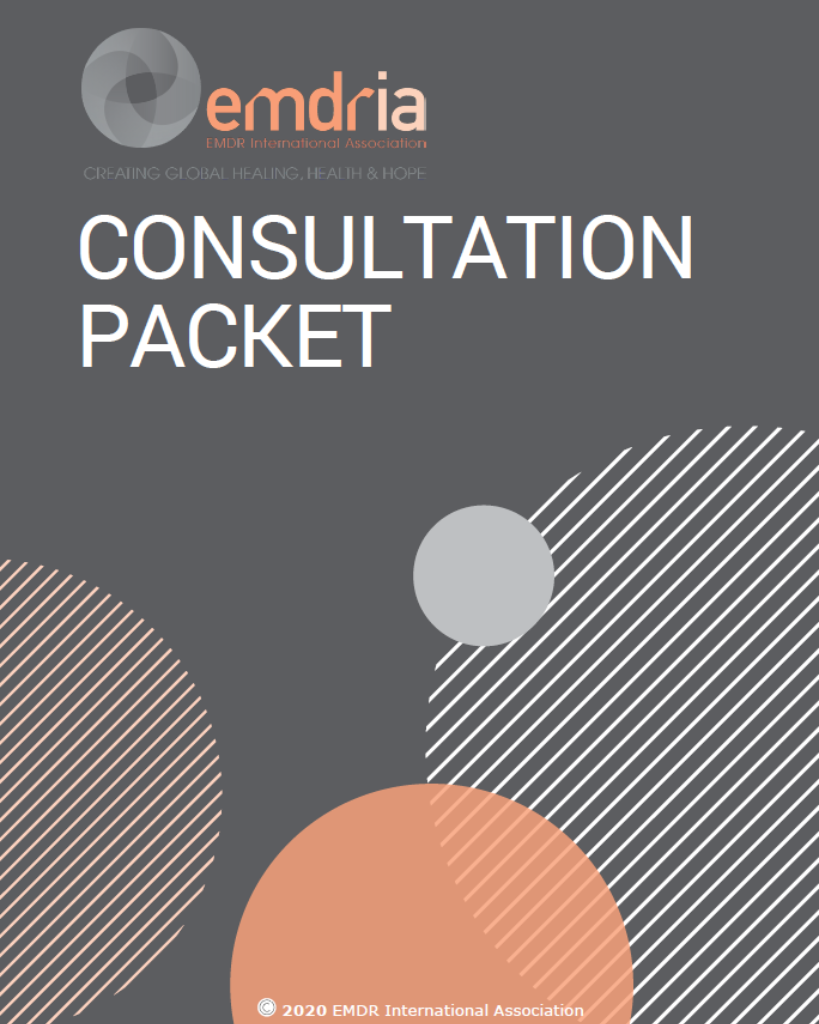Using EMDR Therapy to Treat Clients Remotely
During the COVID-19 pandemic, EMDR therapists have been faced with the choice of either abruptly terminating therapy or moving remote.
Article Abstract
“During the COVID-19 pandemic, eye movement desensitization and reprocessing (EMDR) therapists have been faced with the choice of either abruptly terminating therapy with their clients or moving to working remotely, usually by videoconferencing. This poses particular challenges to therapists who may have never worked online. The standard EMDR protocol can be effectively delivered remotely when therapists are aware of how to make necessary adaptations. Based on clinical and supervision practice, this article describes ways in which EMDR therapists can adapt their ways of working in order to work effectively with clients remotely. This ensures that clients can still benefit from this effective and evidence-based treatment during a global health crisis. It suggests a number of ways in which bilateral stimulation can be achieved remotely, as well as discussing special considerations which arise with online therapeutic work. It considers adaptations which need to be made at each stage of EMDR therapy. It uses case examples from children and adults to illustrate how these adaptations work in real life. The case examples discussed in this article are illustrative of the techniques and adaptations necessary for remote EMDR and therefore reflect composites rather than individuals.”
—Description from publisher
Article Access
Fisher, N. (2021). Using EMDR Therapy to Treat Clients Remotely. Journal of EMDR Practice and Research, 15(1), 73–84. https://doi.org/10.1891/EMDR-D-20-00041
About the Journal
The Journal of EMDR Practice and Research is a peer-reviewed publication devoted to integrative, state-of-the-art papers about Eye Movement Desensitization and Reprocessing. It is a broadly conceived interdisciplinary journal that stimulates and communicates research and theory about EMDR, and their application to clinical practice. The Journal of EMDR Practice and Research is the Official Publication of the EMDR International Association.
Date
March 1, 2021
Creator(s)
Naomi Fisher
Practice & Methods
Telehealth
Extent
12 pages
Publisher
Springer Publishing Company
Rights
Copyright © 2021 EMDR International Association
APA Citation
Fisher, N. (2021). Using EMDR Therapy to Treat Clients Remotely. Journal of EMDR Practice and Research, 15(1), 73–84. https://doi.org/10.1891/EMDR-D-20-00041
Series
15
Installment
1
Audience
EMDR Therapists
Language
English
Content Type
Peer-Reviewed
Original Source
Journal of EMDR Practice and Research
Access Type
Open Access





